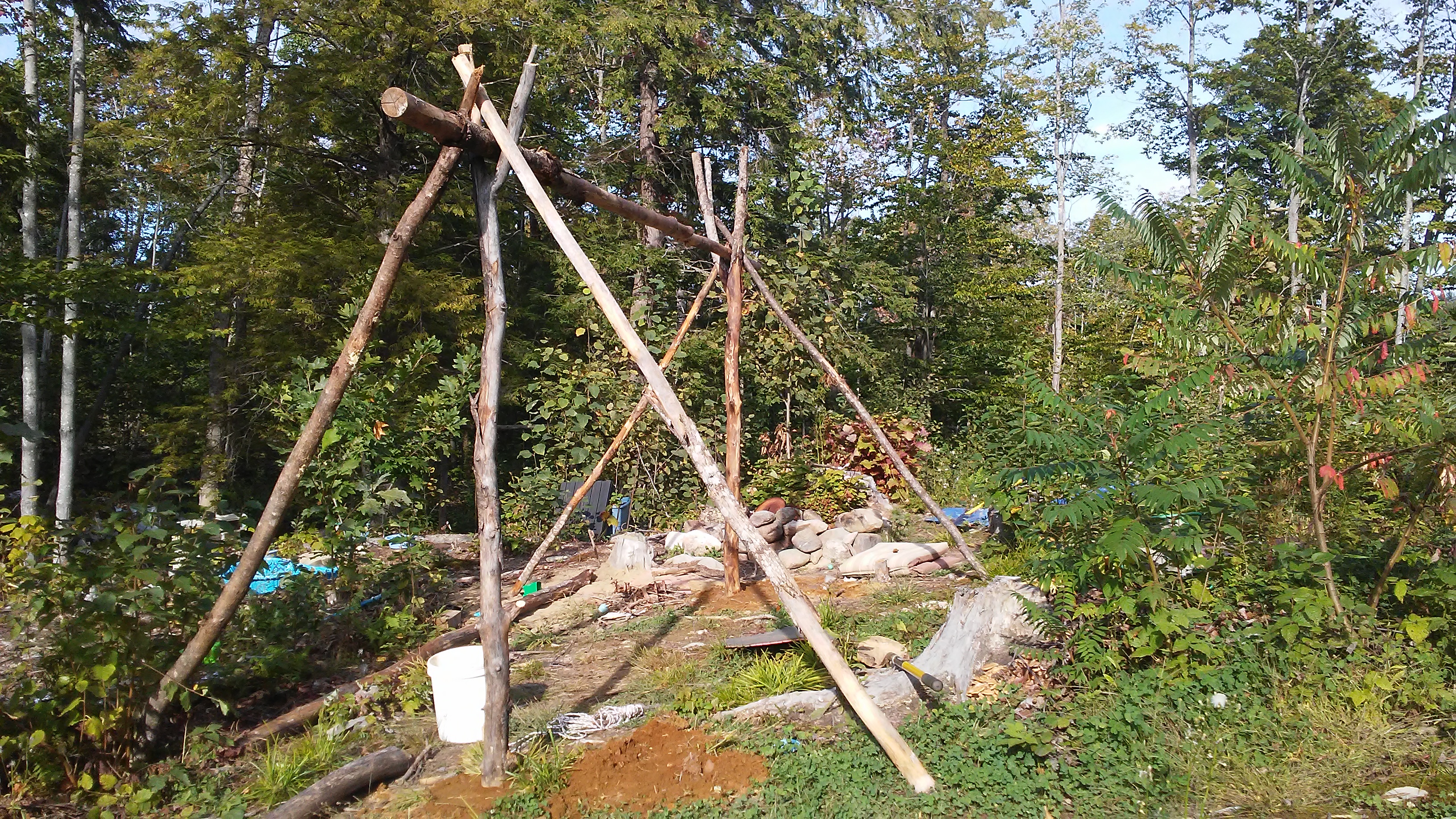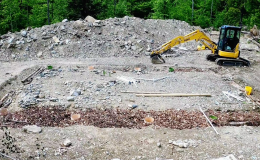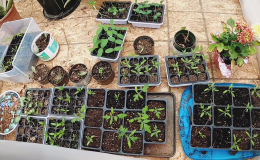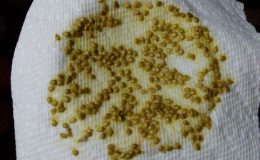7. Design from Pattern to Details
- By : Sarah
- Category : Food Forest, Gardening, Planning and Goals
- Tags: permaculture, set-up

Permaculture principle number 7 is design from patterns to details. A huge part of permaculture is following the patterns of nature. Nature does things in a way that runs smoothly and efficiently. It does not produce unusable waste or take in excess, usually. Following the patterns of nature should help us to design a system that functions much more optimally.
A food forest is an excellent example of this. To plant a food forest, you have all different kinds of trees, bushes, vines, groundcover etc. that all grow together in a way that they all benefit. These plants in the forest are planted in the best available location among the best companions so that it can grow well with the least human intervention as possible. So now you can be lazy….
Another aspect of patterns, that is incredibly helpful in designing any project, is the idea of zones. It is a very simple idea that should be very obvious to us all, but it isn’t always. The idea is that the house, or whichever part of your land you spend the most time, is central to your design. The further you get from the house, the less attention things should need. For example: chickens who lay eggs that you collect daily should be near the house but the wood lot that you only collect from certain times of year should be further away. Here is a breakdown:
Zone 0: the house, the base of operations
Zone 1: anything that needs daily attention, chickens, the kitchen garden
Zone 2: less managed areas that need some daily care, larger animals, longer season crops, fruit bushes
Zone 3: things that need attention less often, grazing fields, small fruit tress
Zone 4: things that aren’t often visited, large fruit and nut trees, wild harvested foods, wood lot
Zone 5: nature left alone, observation/hammock areas
Everyone has different needs depending on what it is they are setting up, but we can all follow the same set up pattern. The idea is that when setting up with the zone pattern, your daily routine flows much more smooth through creating energy efficiency.
Zones can be quite oddly shaped as well. There are no need to have zones that are perfectly measured out and in perfect circles around the house. Our routine includes walking the path from the road to the house almost every day. My gardens extend down to the road from the house, 350 ft away, along the path because I see them daily. We also have some stuff set up near the stream, far from anything else, because we drive down to collect water often enough.
There are many other patterns that are often used in permaculture. You should look into this more for sure!
Here are some links about principle 7:
And some links about permaculture zones:


